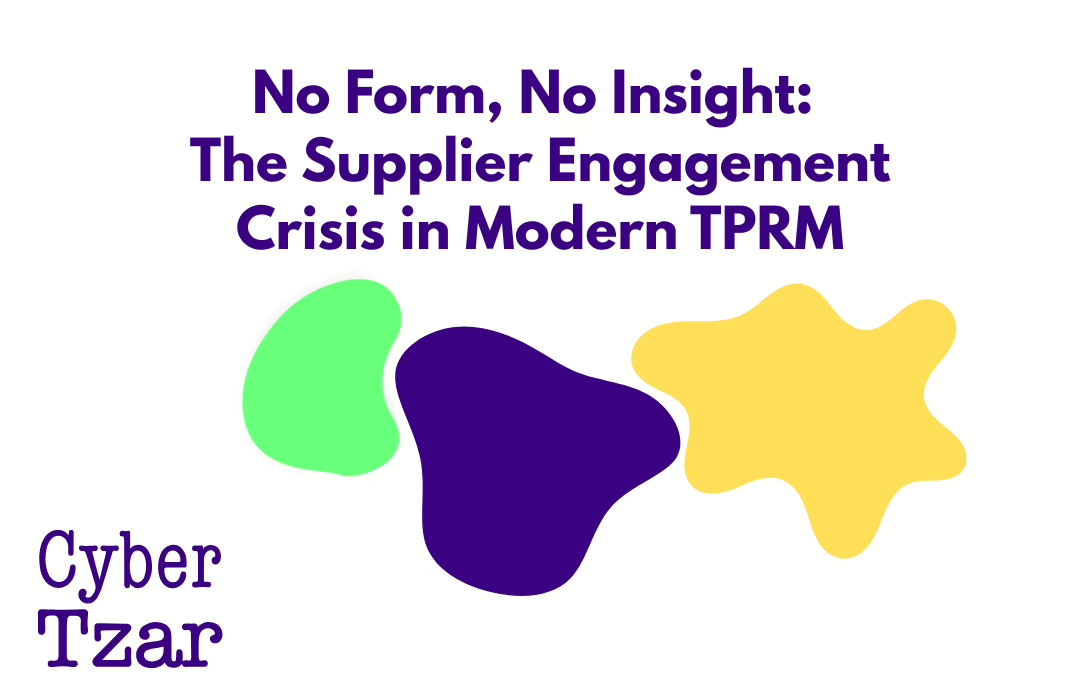As cyber threats grow in complexity, cyber insurance is no longer a luxury — it’s a necessity. But for many businesses, the cost of cover is rising while coverage is shrinking. So how do you ensure your organisation is getting fair value from its policy?
In 2026, the economics of cyber insurance are being reshaped by three powerful forces: risk-based pricing, increased exclusions, and rising demands for demonstrable security controls.
This article explores how businesses can balance these dynamics to reduce premiums, maximise coverage, and improve their overall cyber posture.
The Shifting Landscape of Cyber Insurance
📈 Premiums are up – Many firms have seen double-digit increases since 2022
📉 Coverage is down – Insurers are tightening conditions and adding exclusions
🔍 Underwriting is stricter – Real-time risk data and external scans are now standard
📄 Policies are more technical – Coverage hinges on controls like MFA, backups, and patching
📦 Risk-sharing is the norm – Larger deductibles and co-insurance clauses are widespread
Cyber insurance is no longer just about transferring risk — it’s about proving you’re managing it.
The Core Economic Equation
To make sense of cyber insurance today, businesses need to understand this balance:
Your cyber security maturity — and how well you can prove it — directly affects your pricing and coverage.
3 Key Cost Drivers (and How to Manage Them)
1. Controls & Posture
Insurers reward companies that can demonstrate strong, ongoing security measures.
✅ Implement MFA, endpoint protection, and vulnerability scanning
✅ Use frameworks like Cyber Essentials, NIS2, or ISO 27001
✅ Show continuous improvement over time — not just a one-time fix
📊 Tip: Platforms like Cyber Tzar generate risk scores and control maps insurers trust.
2. Incident Response Readiness
The faster you can respond, the less damage you incur — and the lower your risk.
✅ Maintain a tested incident response plan
✅ Define roles across IT, legal, PR, and compliance
✅ Store backups offline and monitor restoration times
📋 Tip: Insurers are now offering discounts for tabletop exercises and certified plans.
3. Third-Party Risk Exposure
Supply chain attacks are a growing source of cyber claims — and reinsurer concern.
✅ Maintain a third-party risk register
✅ Monitor vendor cyber posture continuously
✅ Share evidence with your broker and insurer
🔍 Tip: Risk scores alone aren’t enough — you’ll need verifiable data and benchmarks.
What Brokers and Underwriters Want to See
✔️ Evidence of recent external risk scans
✔️ Control frameworks with policy documentation
✔️ Sector benchmarking to support pricing
✔️ Supply chain risk management reports
✔️ Claims history and incident playbooks
✔️ Demonstrable improvements since last renewal
The more evidence you provide, the more leverage you have in negotiations.
How Cyber Tzar Helps You Get the Economics Right
Cyber Tzar supports your cyber insurance strategy by delivering:
✅ Real-time risk scoring and vulnerability insight
✅ Sector benchmarking and portfolio risk modelling
✅ Shareable dashboards for underwriters and reinsurers
✅ Control alignment with Cyber Essentials, ISO, and DORA
✅ Continuous monitoring to reduce exclusions and premiums
We help you reduce risk, improve insurability, and cut through complexity.
💼 Ready to bring cyber insurance conversations into focus?
Get a tailored risk and controls report for your next renewal at cybertzar.com


